Regent's Crescent: The collaboration between George IV and John Nash which became one of London's finest addresses
A rare opportunity for London buyers can be found in the startling reinvention of John Nash’s Regent’s Crescent, finds Holly Kirkwood.
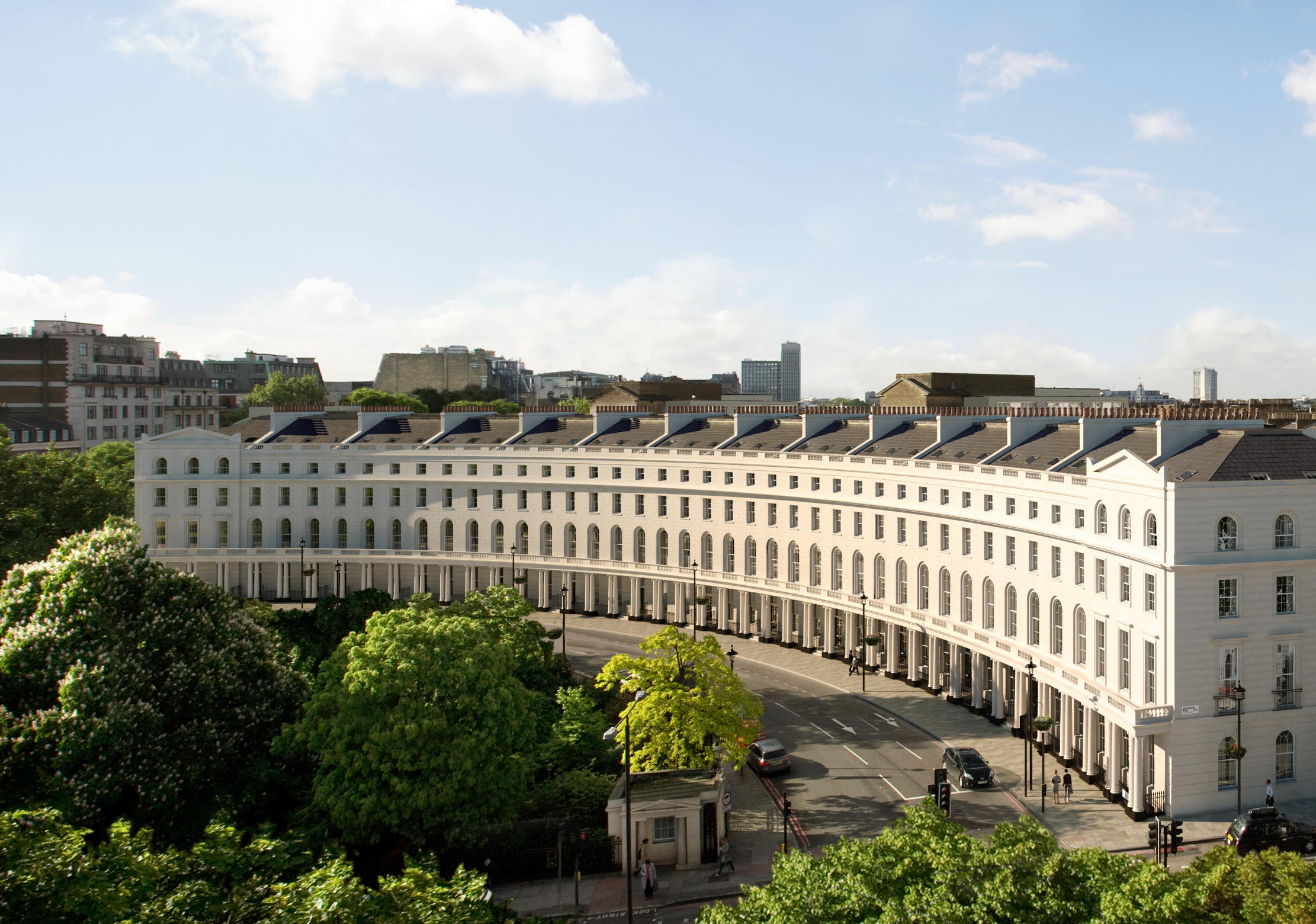

Now known as ‘the jewel in the crown’ of the Royal Parks, Regent’s Park, NW1, was actually one of the later ones to be created for the Royal Family. Originally claimed by Henry VIII as a hunting chase, at the start of the 19th century, the land was mostly made up of tenanted farms on the wrong side of town. But as London began to sprawl north in 1811, the Prince Regent, later George IV, began to see its potential. Keen to make his mark with a new processional road between St James’s and a new royal palace, he developed a plan with architect John Nash for a hugely ambitious project that included a glorious circular park surrounded by elegant terraces, a lake, a canal and more than 50 grand villas.
However, teething problems ensued. The Prince had turned his attention to improvements at Buckingham Palace and there were issues with funding. As a result, some of the original elements in the plan, such as the new palace, were dropped, but the grand processional route along Regent Street and the marvellous circular park surrounded by 11 streets, squares and crescents, all with names connected to royalty, were beautifully realised.

This part of London is an exemplary piece of town planning and is considered to be one of Nash’s masterpieces. As London continued to develop, the area became fashionable with the great and the good. By the 1930s, novelist and Clarence Terrace resident Elizabeth Bowen was able to comment of Regent’s Park: ‘I had always placed this park among the most civilised scenes on Earth.’
A combination of wartime damage and poor rebuilds saw much of the architecture fall into disrepair in the latter half of the 20th century and it is only recently, nearly 200 years after they were originally built, that these historic properties are being restored to their former glory. The central location, parkland setting and architectural pedigree have made this pocket of the capital attractive to high-profile buyers.
Now, after years of meticulous rebuilding work, the only Nash crescent to be restored in its entirety — Regent’s Crescent — has launched to the market. Offering 67 Grade I-listed apartments set behind Nash’s elegant façade, with views across private gardens and into Regent’s Park, Regent’s Crescent combines the elegance of the 19th century with all the conveniences and comforts of a top-flight new build.

Developer CIT worked with PDP London, the architects who brought Park Crescent West to life, to make sure the façade of the building was faithfully restored to the original designs. By piecing together original architects’ drawings for the building, the teams worked closely with English Heritage, Historic England and Westminster Council throughout.
‘We were consulting every step of the way,’ explains head of sales at CIT Christopher Richmond. ‘We very much feel like custodians, and we hope we have respected the responsibility we have to the building and its future.’
Sign up for the Country Life Newsletter
Exquisite houses, the beauty of Nature, and how to get the most from your life, straight to your inbox.
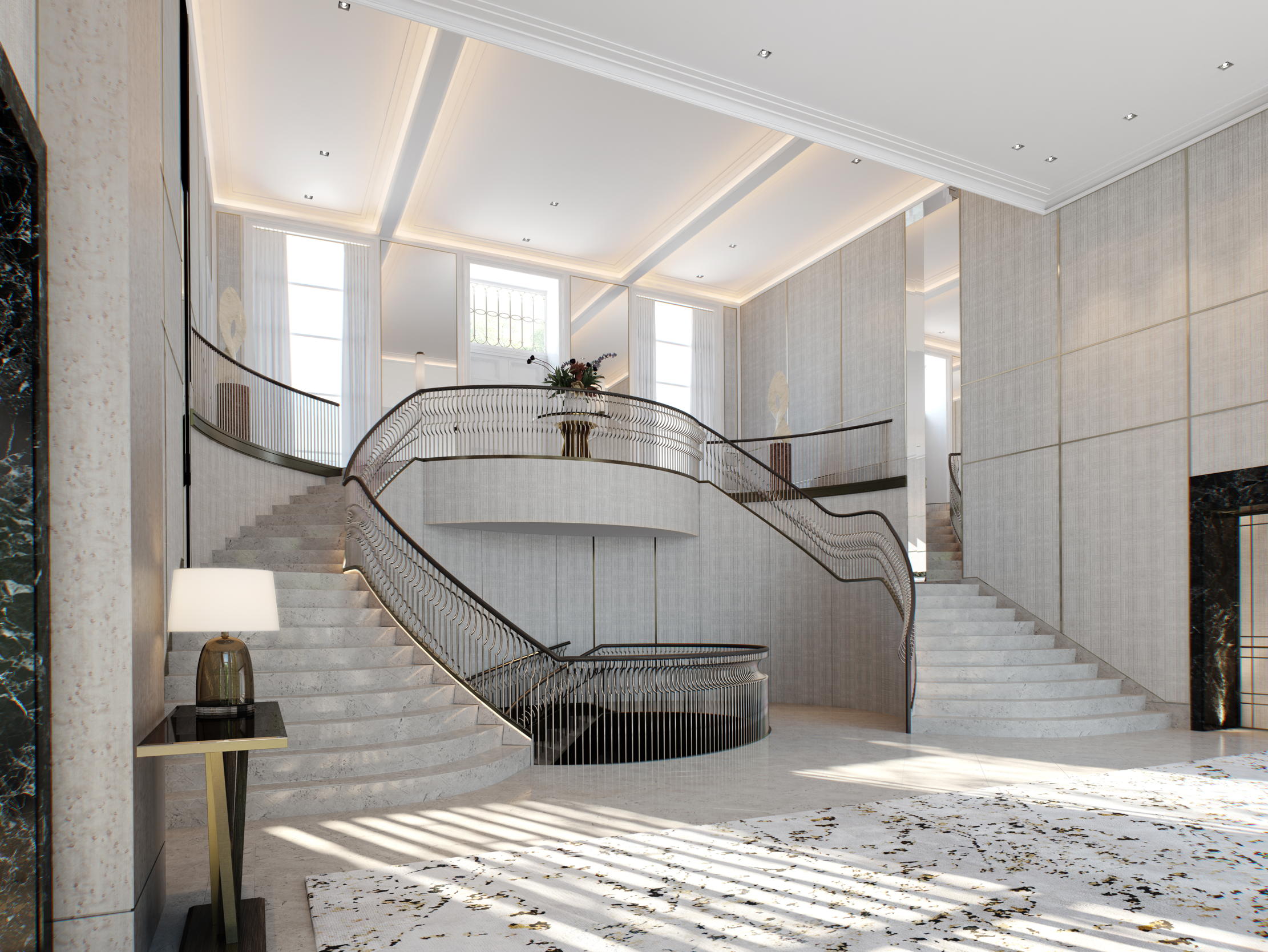
As he points out, their commitment even extended to preserving and stabilising a vast 18th-century ice house, which was found on the site during construction.
With one to five bedrooms and ceiling heights of more than 14ft, the proportions inside the apartments are nothing short of majestic. Interior-architecture studio Millier has incorporated traditional design finishes and materials, including herringbone timber flooring and ornate plaster mouldings to reinterpret Regency style for a modern age.
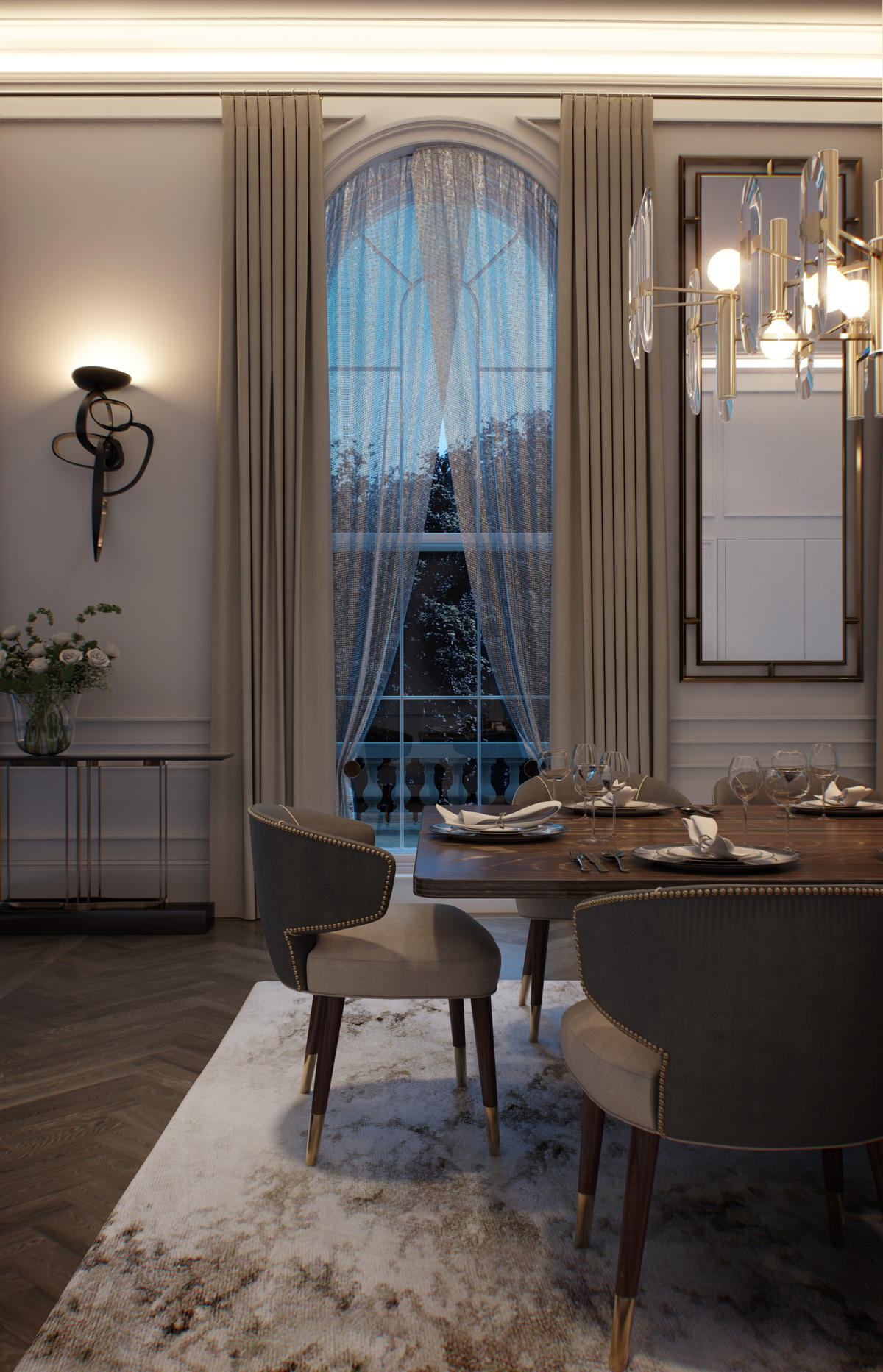
Although the bones of the crescent are historic, inside, the properties are state-of-the-art, offering everything from underfloor heating to smart-home technology. Residents’ amenities include a 9,000sq ft basement featuring a spa, 65½ft swimming pool, spa pool, sauna and steam room, private cinema, valet-operated underground parking, a business centre, 24-hour concierge and security.
Prices start at £2.9 million and climb beyond £20 million through Knight Frank and Savills. Nine garden villas will launch at the end of the year.
Unsurprisingly, more than a quarter of the units have been reserved off-plan and there has been considerable interest from both the UK and overseas, says Mr Richmond. ‘We think this particular combination of history, location, heritage and royalty is extremely attractive.’ It’s an appealing package for any buyer at the top end of the market. One could even imagine that, if he were alive today, the Prince Regent himself might happily move in.
Homes in Regent's Crescent are for sale via Savills and Knight Frank.
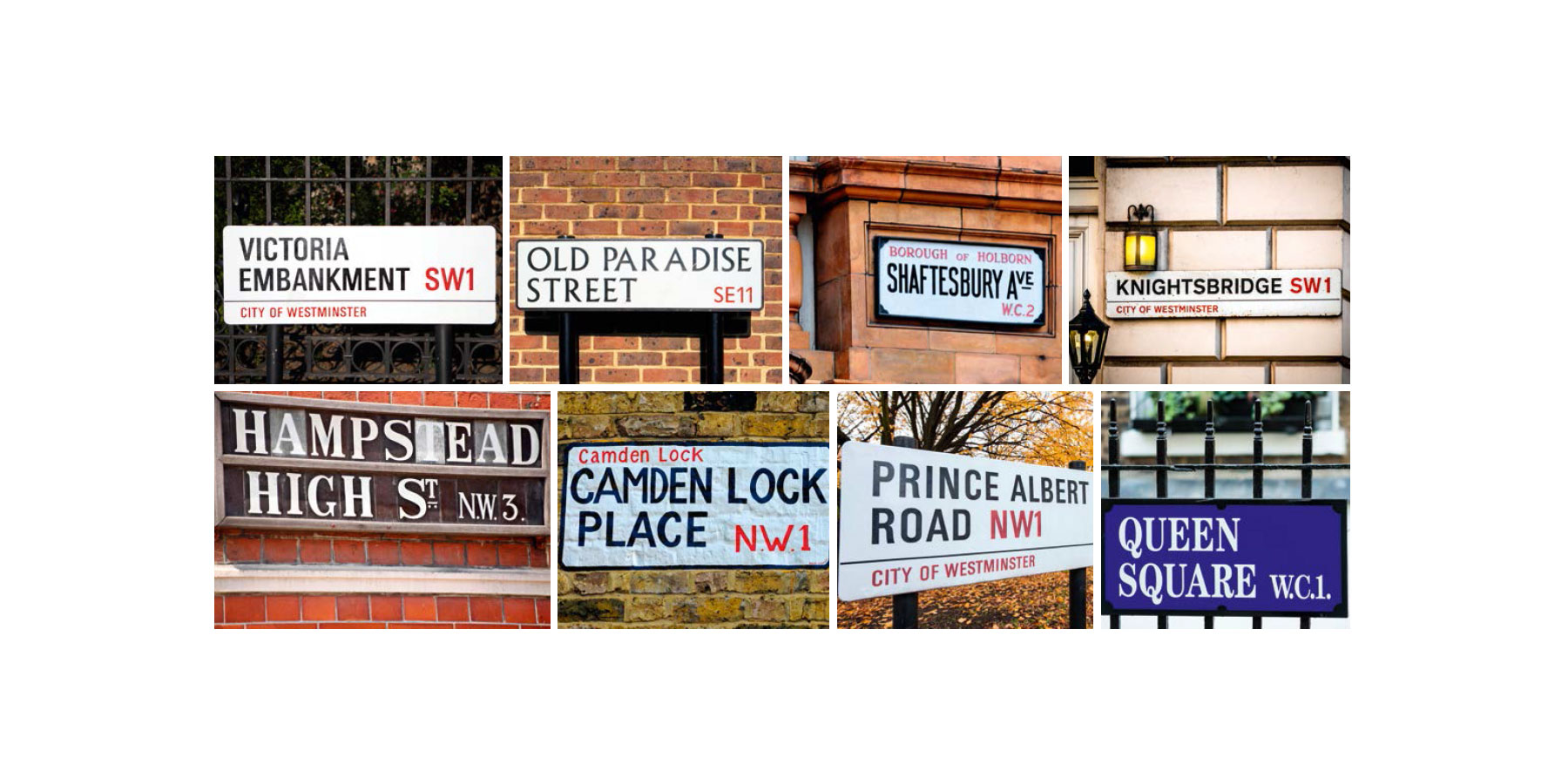
Credit: Alamy
Curious Questions: Why do the numbers in London postcodes make no sense?
Gone are the days when postcode snobbery hindered the London housing market, finds Eleanor Doughty. Or are they?
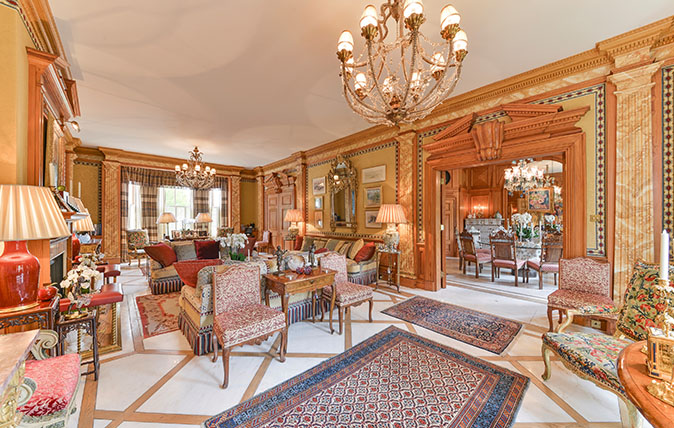
Credit: Strutt & Parker
A seven-bedroom townhouse that has everything – including the biggest price tag in Kensington
47 Phillimore Gardens has everything – one of the most incredible postcodes in England, 6,520 square feet of space and
-
 Designer's Room: A solid oak French kitchen that's been cleverly engineered to last
Designer's Room: A solid oak French kitchen that's been cleverly engineered to lastKitchen and joinery specialist Artichoke had several clever tricks to deal with the fact that natural wood expands and contracts.
By Amelia Thorpe Published
-
 Chocolate eggs, bunnies and the Resurrection: Country Life Quiz of the Day, April 18, 2025
Chocolate eggs, bunnies and the Resurrection: Country Life Quiz of the Day, April 18, 2025Friday's quiz is an Easter special.
By James Fisher Published
-
 Hidden excellence in a £7.5 million north London home
Hidden excellence in a £7.5 million north London homeBehind the traditional façades of Provost Road, you will find something very special.
By James Fisher Published
-
 Sip tea and laugh at your neighbours in this seaside Norfolk home with a watchtower
Sip tea and laugh at your neighbours in this seaside Norfolk home with a watchtowerOn Cliff Hill in Gorleston, one home is taller than all the others. It could be yours.
By James Fisher Published
-
 A Grecian masterpiece that might be one of the nation's finest homes comes up for sale in Kent
A Grecian masterpiece that might be one of the nation's finest homes comes up for sale in KentGrade I-listed Holwood House sits in 40 acres of private parkland just 15 miles from central London. It is spectacular.
By Penny Churchill Published
-
 Some of the finest landscapes in the North of England with a 12-bedroom home attached
Some of the finest landscapes in the North of England with a 12-bedroom home attachedUpper House in Derbyshire shows why the Kinder landscape was worth fighting for.
By James Fisher Published
-
 Could Gruber's Antiques from Paddington 2 be your new Notting Hill home?
Could Gruber's Antiques from Paddington 2 be your new Notting Hill home?It was the home of Mr Gruber and his antiques in the film, but in the real world, Alice's Antiques could be yours.
By James Fisher Published
-
 What should 1.5 million new homes look like?
What should 1.5 million new homes look like?The King's recent visit to Nansledan with the Prime Minister gives us a clue as to Labour's plans, but what are the benefits of traditional architecture? And can they solve a housing crisis?
By Lucy Denton Published
-
 Welcome to the modern party barn, where disco balls are 'non-negotiable'
Welcome to the modern party barn, where disco balls are 'non-negotiable'A party barn is the ultimate good-time utopia, devoid of the toil of a home gym or the practicalities of a home office. Modern efforts are a world away from the draughty, hay-bales-and-a-hi-fi set-up of yesteryear.
By Madeleine Silver Published
-
 Five beautiful homes, from a barn conversion to an island treasure, as seen in Country Life
Five beautiful homes, from a barn conversion to an island treasure, as seen in Country LifeOur pick of the best homes to come to the market via Country Life in recent days include a wonderful thatched home in Devon and a charming red-brick house with gardens that run down to the water's edge.
By Toby Keel Published
